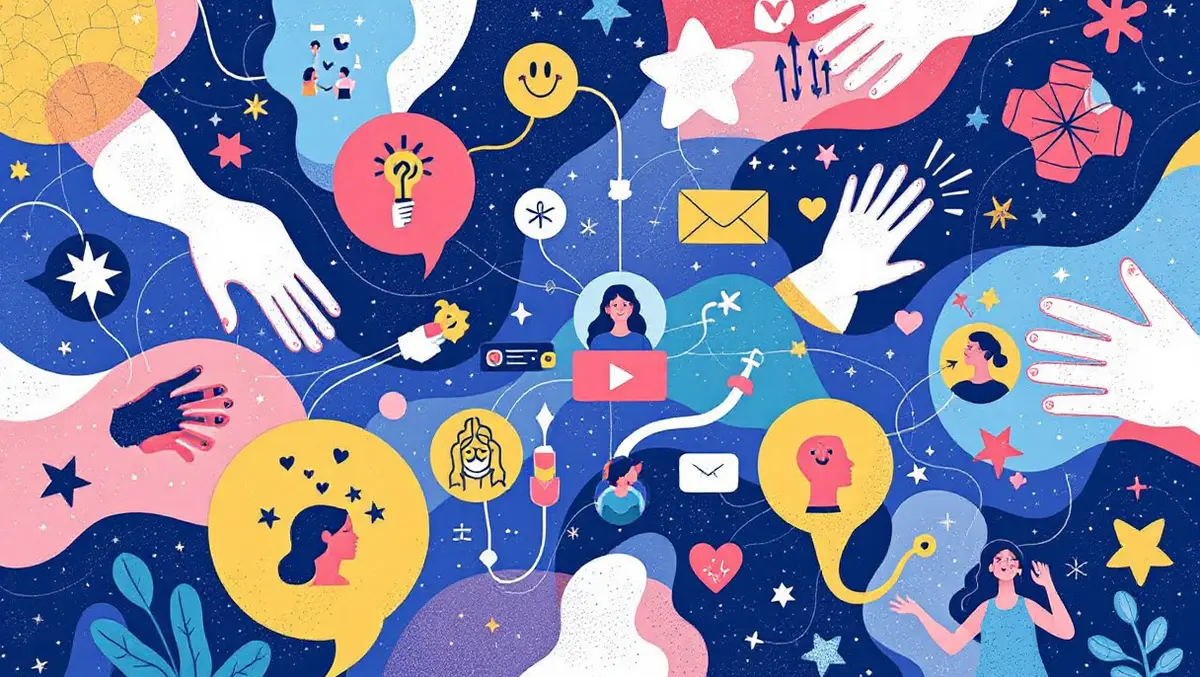
Gartner: Four steps to drive social media behaviour...
Social media behaviour is motivated by content-a funny Vine video, a product on an eCommerce site, or even an offline experience like a TV commercial.
The average social media user processes 285 pieces of content daily, requiring quick decisions about endorsing, engaging or distributing content.
That’s no surprise since you’re probably reading this blog while watching your Twitter feed and responding to a text.
What might surprise you is that peoples’ decision to engage has less do with the content and more to do with how the content makes them feel and how it shapes others’ perceptions of them.
Social Media
Use social media content to get your audiences’ attention by:
Giving them something they can feel:
Although people process hundreds of pieces of content daily, we encounter thousands. Most of what we come across gets ignored because, quite frankly, it’s boring.
People respond to content that elicits strong positive or negative emotions, such as fear, anger or amusement. This is why humor plays a key role in advertising.
Being relevant:
If you actually manage to get your audience’s attention with content that evokes emotion, your message may still get discarded if it’s not relevant to their need state at that moment.
Timing, location and context can be key to aligning content with your audiences’ need state at a point in time, as well as your brand, products or services.

But don’t assume that everyone who consumes content will engage, endorse or distribute it to others. The latter requires further cognitive processing. Motive or maneuver around these pesky mental processes by:
Trading in trust:
It may only take a minute to decide whether content is coming from a trusted source, but that may be a minute too long. Build trusted customer relationships or use loyal customers, advocates and influencers to distribute content on your behalf. These groups already have the trust of those people who are in their social networks.
Telling them what’s in it for them:
Consumers assess whether engagement satisfies their needs or offers intrinsic or extrinsic rewards. Promotions are an example of an extrinsic reward, but intrinsic rewards relate to psychological motivations, such as self-actualisation. A recent study revealed 68% of people share to give others a sense of who they are and what they care about.
Take these four steps to create digital content, with a focus on authenticity and consistency across marketing and communication channels, that drives your audience to consume (i.e., read, watch), engage (i.e., comment or reply), endorse (i.e., like, pin, favorite), and distribute to others (i.e., share, repin, retweet) through social media.
This type of social behavior provide valuable audience feedback, extends the reach of your brand message, improves SEO rank, and leads to site traffic and sales conversion.

